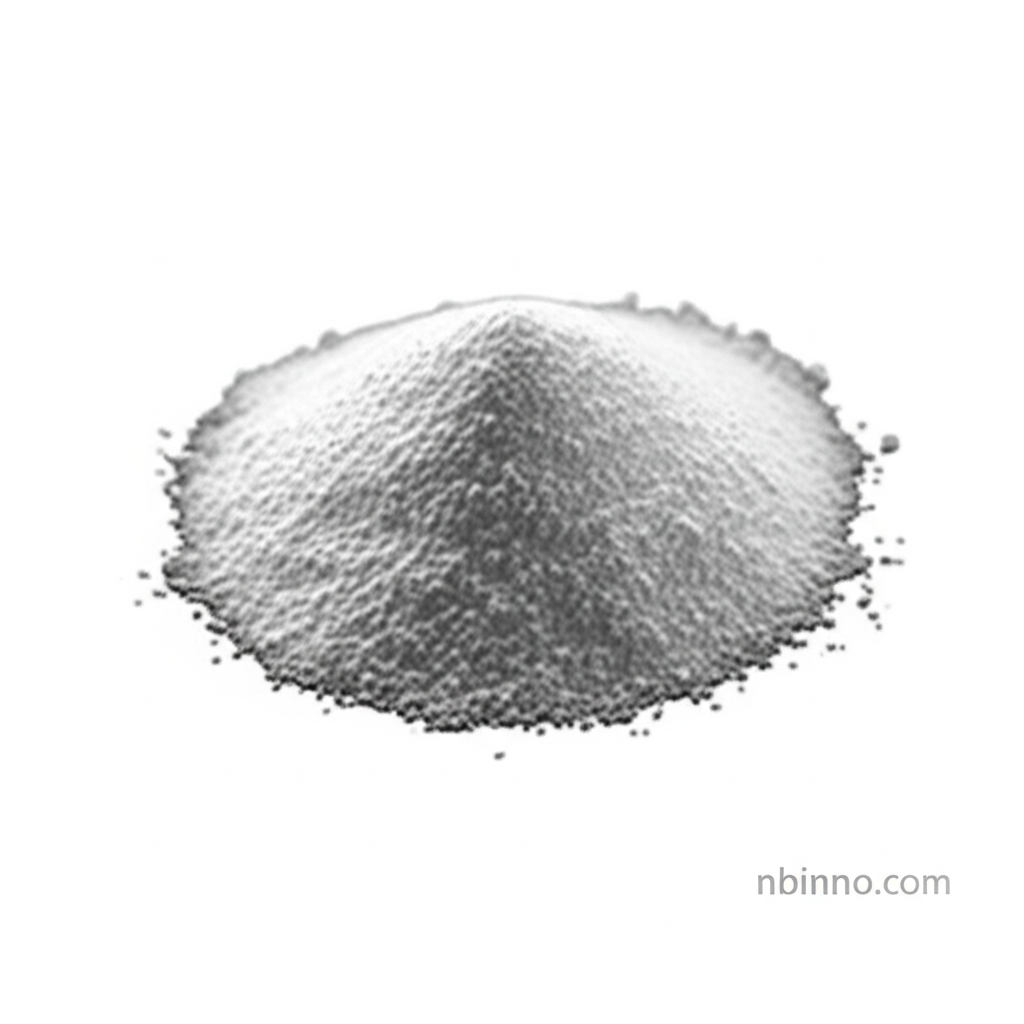3,5-Pyrazoledicarboxylic Acid: A Comprehensive Guide to Properties, Applications, and Synthesis
Discover the essential chemical intermediate, 3,5-Pyrazoledicarboxylic Acid (CAS 3112-31-0). This article delves into its unique properties, diverse applications in organic synthesis and medicinal chemistry, and its synthesis methods. Learn why it's a critical building block for advanced chemical processes.
Get a Quote & SampleProduct Core Value

3,5-Pyrazoledicarboxylic Acid
As a reliable supplier in China, we offer high-purity 3,5-Pyrazoledicarboxylic Acid (CAS 3112-31-0), a crucial chemical intermediate. Its molecular formula C5H4N2O4 and appearance as a white crystal powder make it versatile for numerous applications. This compound is indispensable for advanced organic synthesis and the development of new pharmaceuticals, making us a trusted manufacturer in China for your chemical needs.
- The synthesis of pyrazole derivatives often involves this key intermediate, making it a valuable component in creating complex organic molecules.
- As a building block in organic synthesis, 3,5-Pyrazoledicarboxylic Acid enables the creation of novel compounds with specific functional properties.
- Its role as a chemical intermediate for pharmaceuticals is crucial for the development of new medicinal compounds and therapies.
- Understanding the properties of pyrazole derivatives is essential for chemists working in drug discovery and material science.
Advantages Offered by the Product
Versatile Chemical Intermediate
Leverage the versatility of 3,5-Pyrazoledicarboxylic Acid in your research and development. Its structure allows for diverse chemical modifications, supporting innovative projects in pharmaceutical intermediates and fine chemical synthesis.
Enhanced Chemical Stability
Benefit from the inherent chemical stability of 3,5-Pyrazoledicarboxylic Acid, which can be further enhanced by other molecules. This characteristic is vital for applications requiring robust performance and longevity in various chemical processes.
Facilitates Complex Syntheses
The compound serves as an excellent building block for organic synthesis, simplifying complex reaction pathways and leading to higher yields of desired products, essential for efficient chemical manufacturing.
Key Applications
Organic Synthesis
This compound is a cornerstone for various reactions in organic synthesis, enabling chemists to construct complex molecular architectures efficiently. Its predictable reactivity makes it a preferred choice for academic and industrial research.
Pharmaceutical Intermediates
As a critical pharmaceutical intermediate, it plays a significant role in the synthesis of active pharmaceutical ingredients (APIs) and other medicinal compounds, contributing to advancements in healthcare.
Ligand Design
The structure of 3,5-Pyrazoledicarboxylic Acid makes it an ideal candidate for designing ligands in coordination chemistry, facilitating the development of novel metal complexes with unique catalytic or material properties.
Catalysis
It can be utilized as a catalyst or a precursor to catalysts in various chemical transformations, offering efficient and selective reaction pathways in industrial chemical processes.
